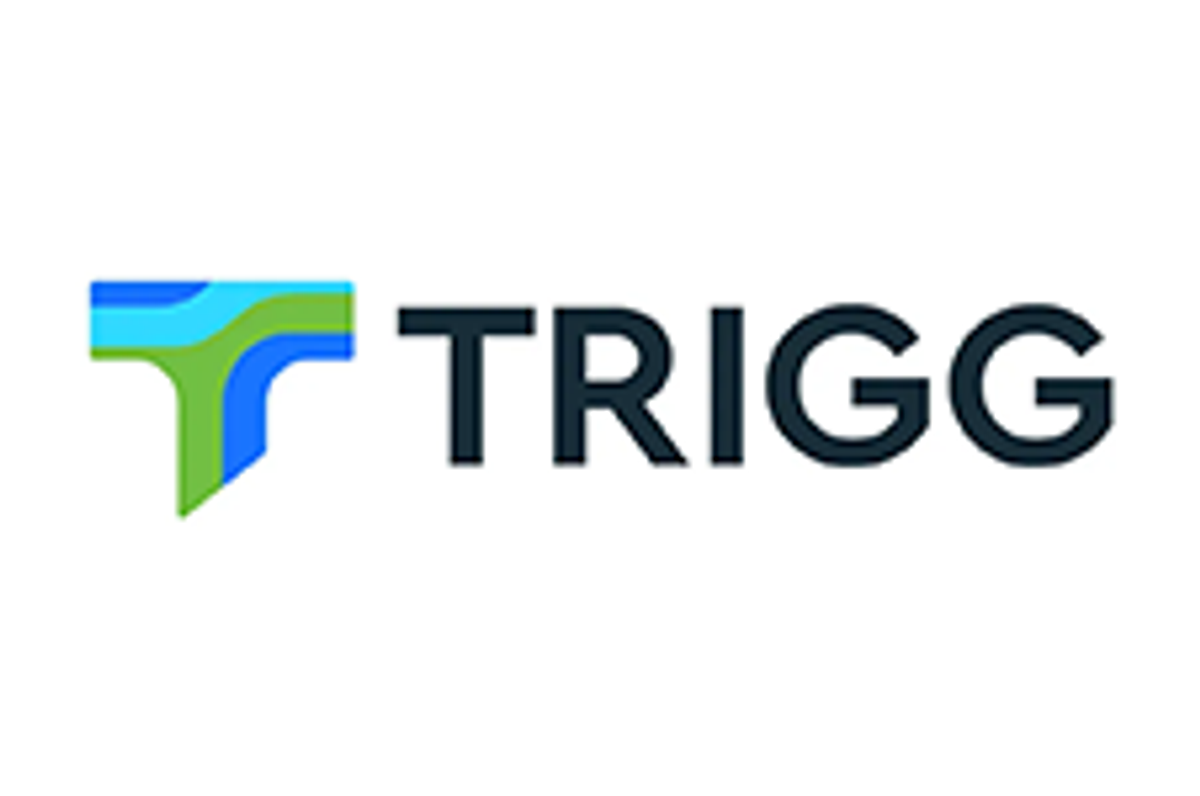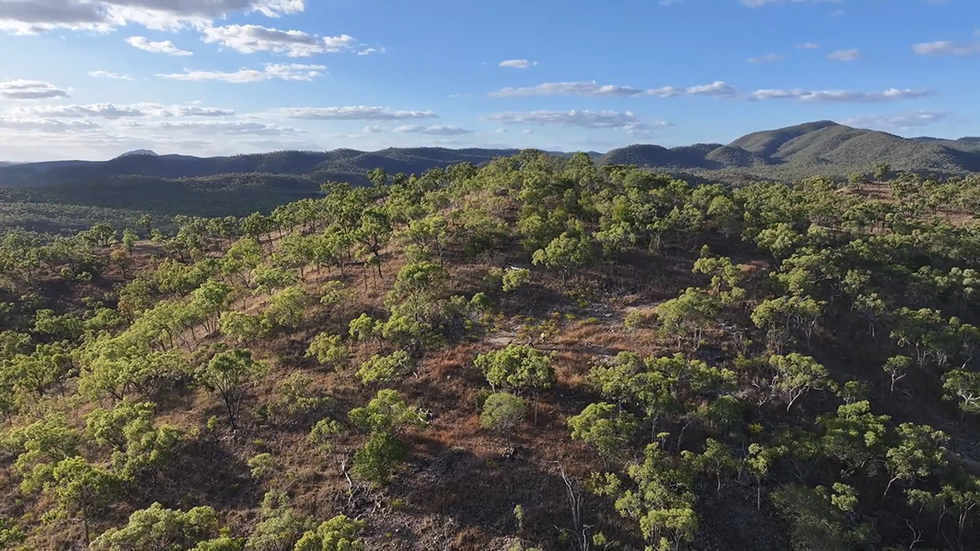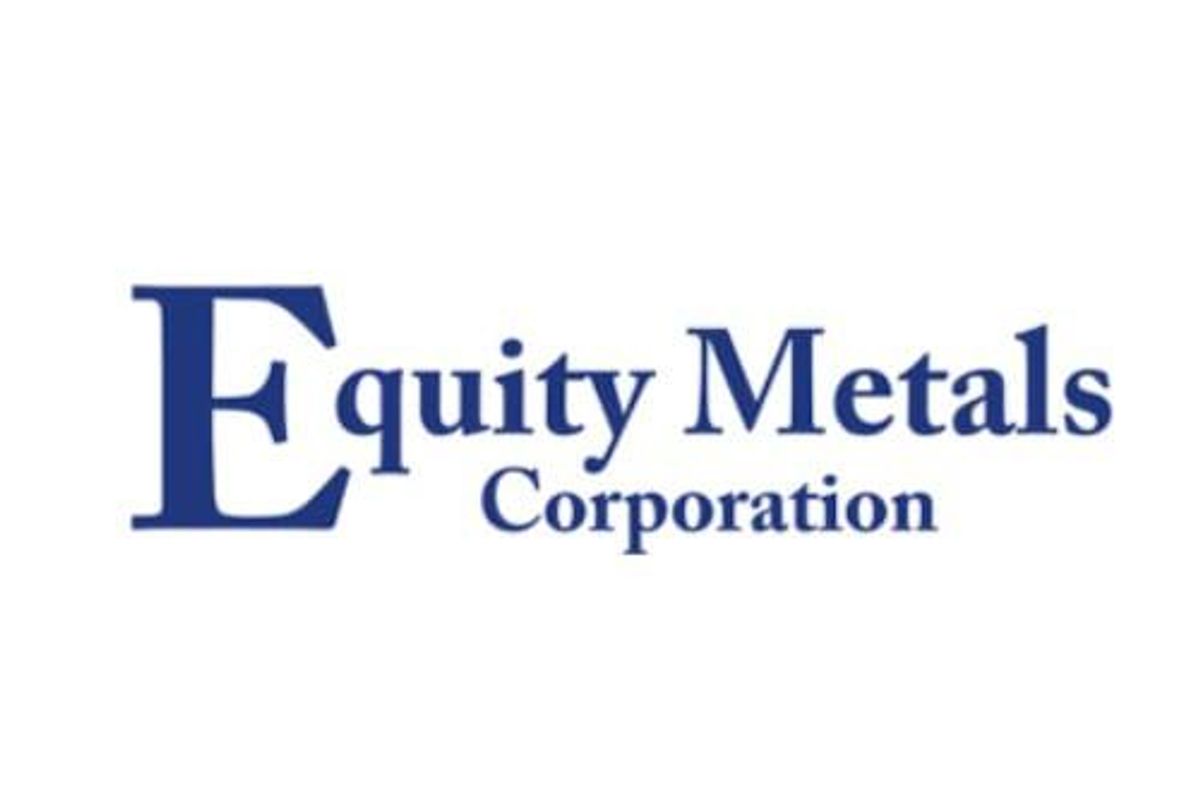
April 14, 2025
Trigg Minerals (ASX:TMG,OTCQB:TMGLF) is an emerging force in the global critical minerals sector, dedicated exclusively to the development of antimony—an essential metal recognized by the United States, Australia, and the European Union for its critical role in national security, energy transition technologies, and advanced manufacturing.
The company’s flagship Wild Cattle Creek deposit, part of the Achilles antimony project in New South Wales, is the highest-grade undeveloped antimony resource in Australia and one of the few large-scale, standalone antimony projects worldwide. As global supply chains recalibrate and geopolitical tensions mount, Trigg Minerals is strategically positioned to deliver a secure, sovereign supply of antimony to Western markets amid a deepening global shortfall.

The company is advancing an aggressive drilling and resource growth program at Wild Cattle Creek, targeting an increase from its current JORC-compliant resource of 1.52 Mt @ 1.97 percent antimony (29,902 tonnes contained metal) to over 100,000 tonnes—potentially placing it among the world’s top three antimony deposits.
Company Highlights
- Trigg Minerals is an ASX-listed company entirely focused on antimony, a critical mineral vital for solar panels, flame retardants, semiconductors and military applications.
- The flagship Achilles project’s Wild Cattle Creek deposit hosts a high-grade JORC resource of 1.52 Mt @ 1.97 percent antimony for ~30,000 tonnes contained antimony—Australia’s highest-grade undeveloped antimony deposit.
- The company’s aggressive expansion plan includes a near-term drilling program targeting a threefold increase in contained antimony to over 100,000 tonnes, positioning Trigg among the top three antimony deposits globally.
- Trigg is attracting growing attention as a potential partner to support Western antimony supply chains amid rising demand and geopolitical tension.
- Operating in New South Wales—a Tier 1 jurisdiction—Trigg benefits from government incentives, including co-investment, exploration support and deferred royalty schemes.
- China controls 83 percent of global antimony production and recently banned exports to the US, creating a strategic opening for Western suppliers like Trigg.
This Trigg Minerals profile is part of a paid investor education campaign.*
Click here to connect with Trigg Minerals (ASX:TMG) to receive an Investor Presentation
TMG:AU

Sign up to get your FREE
Trigg Minerals Investor Kit
and hear about exciting investment opportunities.
- Corporate info
- Insights
- Growth strategies
- Upcoming projects
GET YOUR FREE INVESTOR KIT
The Conversation (0)
12 November 2025
Trigg Minerals
Developing America’s next sources of antimony and tungsten – critical minerals essential for defence, energy and advanced technologies.
Developing America’s next sources of antimony and tungsten – critical minerals essential for defence, energy and advanced technologies. Keep Reading...
09 December 2025
Antimony Canyon Drill Permit Approved, Contractor Appointed
Trigg Minerals (TMG:AU) has announced Antimony Canyon Drill Permit Approved, Contractor AppointedDownload the PDF here. Keep Reading...
24 November 2025
High-Grade Antimony Zone Extends 1km North at ACP
Trigg Minerals (TMG:AU) has announced High-Grade Antimony Zone Extends 1km North at ACPDownload the PDF here. Keep Reading...
13 November 2025
Significant consolidation of district-scale tungsten
Trigg Minerals (TMG:AU) has announced Significant consolidation of district-scale tungstenDownload the PDF here. Keep Reading...
03 November 2025
CSAMT Findings - a Large-Scale Hydrothermal Antimony System
Trigg Minerals (TMG:AU) has announced CSAMT Findings - a Large-Scale Hydrothermal Antimony SystemDownload the PDF here. Keep Reading...
02 November 2025
Trigg Secures High-Grade Tungsten Mines & Two Drill Programs
Trigg Minerals (TMG:AU) has announced Trigg Secures High-Grade Tungsten Mines & Two Drill ProgramsDownload the PDF here. Keep Reading...
11h
Alain Corbani: Gold to Hit US$5,000 Near Term, What About Silver?
Alain Corbani, head of mining at Montbleu Finance and manager of the Global Gold and Precious Fund, sees the gold price reaching US$5,000 per ounce in the near term. He sees real interest rates and the US dollar as the key factors to watch, but noted that other elements are also adding... Keep Reading...
06 January
Aurum advances Boundiali development with 3 ML Applications
Aurum Resources (AUE:AU) has announced Aurum advances Boundiali development with 3 ML ApplicationsDownload the PDF here. Keep Reading...
06 January
Peruvian Metals Full Capacity Throughput at Aguila Norte Processing Plant in 2025 and Focuses on Silver and Gold for 2026
Peruvian Metals Corp (TSXV: PER,OTC:DUVNF) (OTC Pink: DUVNF) ("Peruvian Metals" or the "Company") is pleased to announce production results for 2025 at its 80-per-cent-owned Aguila Norte processing plant ("Aguila Norte" or the "Plant") located in Northern Peru. The Company is also pleased to... Keep Reading...
04 January
Ongoing Drilling Continues to Return Broad Gold Intercepts
Asara Resources (AS1:AU) has announced Ongoing drilling continues to return broad gold interceptsDownload the PDF here. Keep Reading...
Latest News

Sign up to get your FREE
Trigg Minerals Investor Kit
and hear about exciting investment opportunities.
- Corporate info
- Insights
- Growth strategies
- Upcoming projects
GET YOUR FREE INVESTOR KIT
Interactive Chart
Latest Press Releases
Related News
TOP STOCKS
American Battery4.030.24
Aion Therapeutic0.10-0.01
Cybin Corp2.140.00







